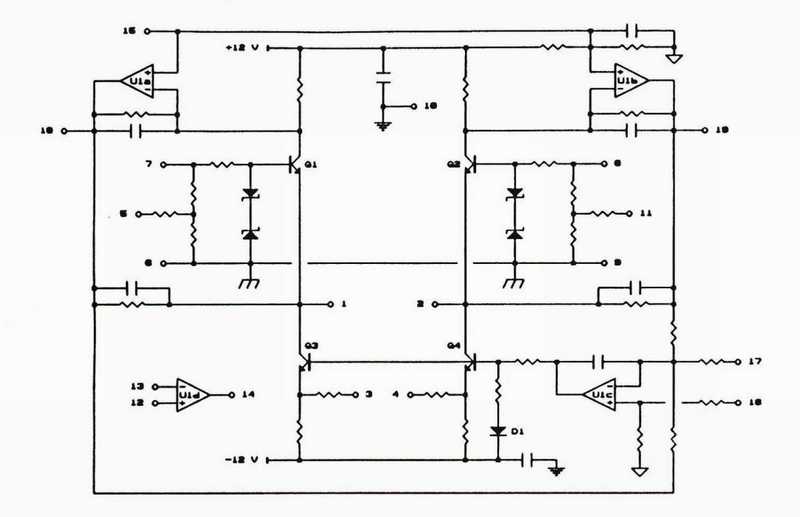Ian DuRieu wrote:JR. wrote:AFAIK the 5534 per it's specification won't drive 300 ohms rail to rail.
According to Graeme, the input op amps only swing half rail making the use of 300R resistors possible.
These op amps are also running class A in so far as their outputs are always sinking.
I asked Graeme some time ago about using a buffer to allow values much less than 300R. This would allow a gain set resistor of less than 1 ohm. There isn't much to be gained by going less than 1 ohm due to the series rbb and re of the input transistors which start to dominate.
Ian D
Yup, with the diff amps summing two signals at unity gain, they will saturate while front end is still 6dB below FS.
The class A current is from the opamps supplying the operating current to bias the input transistors. I did that on my MC phono preamp too. You do burn a little signal swing in theory, but the effective gain in the following diff stage makes that inconsequential.
The range of class A operation depends on the gain set resistor. IMO it's more like class AB with the zero drive current transition point skewed away from 0V. For even moderate closed loop gains the opamps will be sinking and sourcing current.
I'll take your word for it on Rbb, the national spec sheet I found doesn't include that. I liked the LM394 more as a differential input for discrete opamps, back when such things were useful. Now we can buy opamps off the shelf that do better. I liked some really low noise Japanese transistors I learned about in the late '70s for mic pre and head amps.. But it's hard to quibble about johnson noise of a few ohms in the context of microphone self noise and any real world room. It could matter for MC phono cartridges, bet they seem pretty rare these days
JR
PS: Wayne... I'm not coding DSP today, but indeed coding up my little meter project on a different cheapo 16 bit platform... lots o' blinky lights...The more time I spend messing with digital stuff, makes analog circuitry seem a little limiting. I like using the right technology for the task... for meters,,, a cheapo micro's does the job very nicely. For a quick FFT, gimme a DSP chip.
Cancel the "cancel culture", do not support mob hatred.
